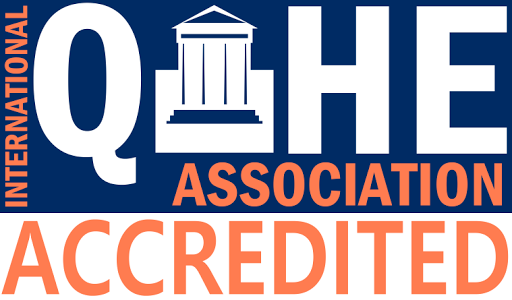It is not only for administrative purposes that the management plays its role in educational institutions. The functions and goals of education management personnel go much beyond admin and logistics. Especially in the 21st century, and in the current times – entering the twenties decade with the COVID 19 having put the entire human race into a state of physical lockdown and social distancing – there is no option but to optimize the resources of the virtual world. Hence education managers – heads of institutions, administrators, middle level managers as well as teachers have to keep themselves abreast with the rapidly changing reality of the way education and the academic learning experience is being experienced. Something to consider here is the distinction between virtual reality and augmented reality. The two should not be confused in its applicability.
Augmented reality, referred to as AR, is an engaging interactive experience that includes elements of the real-world environment and that of the virtual world; mostly comprising perceptual information generated by computers. Simply speaking it is technology driven ‘real’ experiences into the realm of learning that has the potential to enhance learning experiences to the maximum degree, using multi-sensory modalities.
Retention of knowledge and information improves drastically with the use of audio- video materials, other visual aids and simulations in learning situations, as compared to lecture pathways. This is a feasible option for teachers to deliver complex ideas and concepts with comparative ease and higher level of student engagement. Hence AR can take lesson deliveries
to a whole new level. However for to AR to be implemented the classrooms, managers in educational institutions have to take a call and support its teaching faculty.
Ways to use AR in the classroom
Apart from empowering teachers to provide highly interactive and stimulating digital learning experiences to their students, Augmented Reality has the potential to completely transform any learning experience and make it a long lasting quest for life-long learning pursuits. For example, technology has the capacity to offer real-view of ecosystems, provide 3D interactive learning models, scan figures and use them in project based learning as well as much more. Teaching and learning becomes more enjoyable and fruitful in the process.
Being A Facilitator of Learning
Teachers and trainers have the scope of being facilitators of learning rather than lecture in the traditional ways. Augmented Reality allows trainers and teachers to support and drive the learning process more than merely stuffing students with information. So they become guides in the classroom. Learners have the scope to get more involved in the learning process, thereby taking responsibility for their learning and becoming more accountable towards outcomes to be achieved. In the true sense teachers and trainers can become mentors who help drive their students innate potential and help them realize their passion which will lead to more creative solutions and ideas evolving out of the otherwise routine teaching process.
Creating Collaborative and More Interactive Classroom Sessions
It goes without saying that technology enables greater interaction and engagement amongst teachers and students in a very unique way. It is also the need of the day! How else does one prepare the present generation of learners to operate in the world outside the classroom in today’s times? Teachers can enliven their classroom teaching experiences by using technology and digitalizing abstract topics like Set Theory, Calculus, as well as use the tools for logical reasoning and so on. Learning becomes more effective when Augmented Reality is used in the classroom. Students have the opportunity to manipulate the virtual world to a large extent which helps in concretizing learning through experiential learning.
Collaborative Learning Opportunities
Classroom learning becomes fun, engaging, effective and enjoyable when teachers become facilitators and mentors to their students. Classrooms turn into interactive ‘boardrooms’ where students get to voice their views about what they are learning. Students of the present generation with their pre-existing knowledge and skills with technology and use of digital media can achieve much more by using the same collaboratively with one another than by studying in isolation. Moreover teamwork is a skill than modern day worker has to learn and develop in the workplace. It is desirable that students pick these skills through their learning experiences while they are in school. Augmented Reality promotes collaborative learning and empowers the students with these skills. Interestingly, game-based learning is one way to promote collaboration and create intrigue in the learning process.









